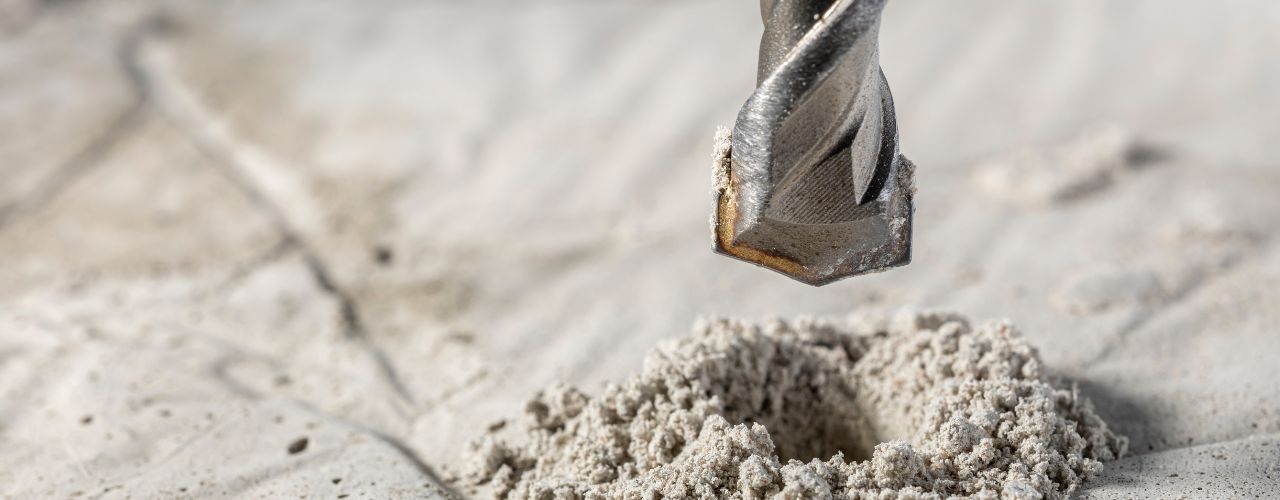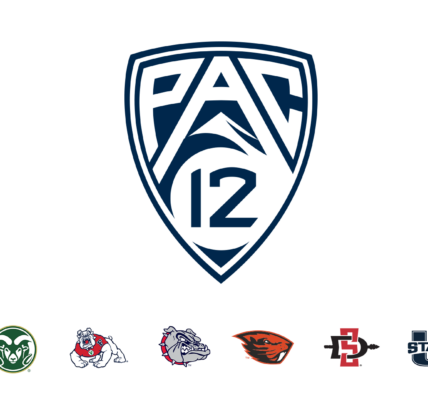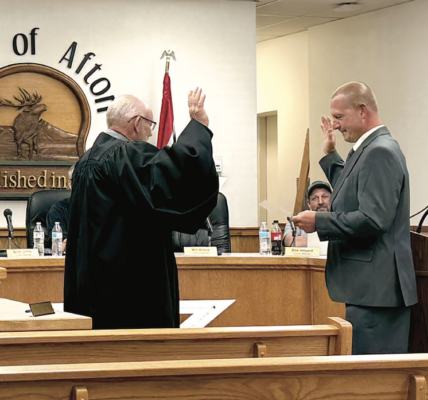Drilling concrete can release lots of dust that contains hazardous respirable crystalline silica (RCS). Over time, breathing in RCS can cause silicosis, a type of lung disease that’s untreatable. Protect your health with these three tips for controlling dust when drilling concrete.
1. Use Wet Cutting
One of the most notable differences when using wet versus dry core bits is that wet core bits improve dust control. When you cut through dry concrete, dust particles can more easily float in the air. One study found that wet cutting can reduce respirable dust by 85 percent!
Wet cutting also makes the core bit last longer and helps keep the cutting tool cool. Use the right equipment and procedures to contain the water flow and collect the concrete slurry. Know the EPA regulations and state and local laws that apply to disposal.
2. Do Dust Extraction
Another tip for controlling dust is to use a dust extraction system when drilling concrete. Dust extractors, also called concrete dust collectors or industrial vacuum cleaners, capture dust at the source. They clean the air efficiently and have superior filters.
You can attach a dust removal system directly onto some tool models. These systems can remove up to 98 percent of dust. Some models are ready for use with a high-efficiency particulate air (HEPA) filter and comply with OSHA standard 1926.1153 regarding respirable crystalline silica.
In the UK, Australia, and New Zealand, dust can fall into L class (low risk), M Class (medium risk), and H class (high risk) categories. Use an M-class dust extractor for concrete dust. L- and M-class extractors have similar suction levels, but M-class extractors have superior filtration.
3. Alert Other Workers
Before you begin cutting or grinding, you should tell other workers in the area that you’ll generate silica dust. If possible, do the work when others aren’t nearby. But if you can’t prevent the spread of dust into other areas, set up an enclosure around your workspace.
In an outdoor environment, set up your work so that the window blows from behind you. The wind will carry the dust cloud away from you, lowering the risk of breathing in the RCS.
4. Wear Respiratory PPE
Finally, you can’t completely eliminate concrete dust in the air, so protect your lungs from respirable crystalline silica with respiratory personal protective equipment (PPE). In addition to this, you may need to wear other PPE, such as ear protection or safety toe boots, to protect yourself from the various hazards of cutting concrete.
Before you begin drilling, wear respiratory protection for silica dust. The OSHA standard calls for workers to wear respirators that the National Institute of Occupational Safety and Health (NIOSH) has certified.





